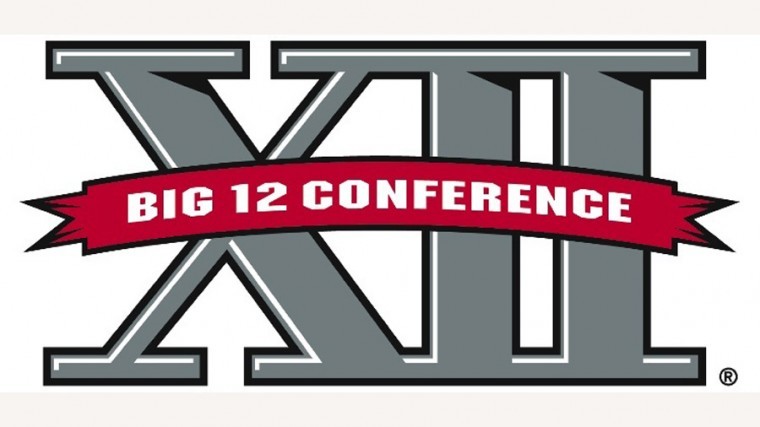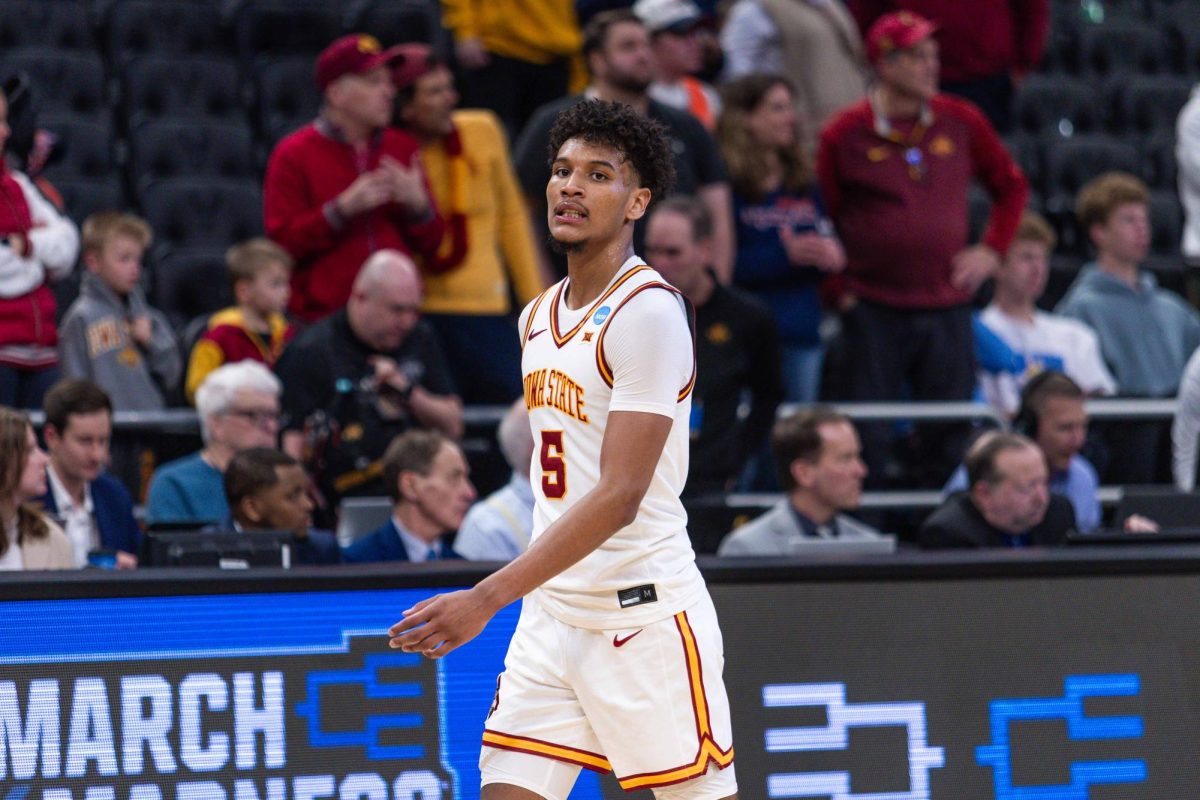Pollard, Geoffroy hope changes to Big 12 maintain balance for all
June 15, 2010
Multiple media outlets, coaches and university personnel were all in attendance Tuesday to hear ISU Athletic Director Jamie Pollard and President Gregory Geoffroy make the official announcement that the Big 12 was going to stay.
From the very opening, Pollard made it clear the Big 12 was not looking for more teams; so it may not expand, despite the possibility of losing the conference championship football game.
“Part of this scenario is that we clearly won’t have a championship game, and the coaches voted 12 to 0 not to have a championship game several years ago; and the coaches have every year talked about playing nine [conference games]” Pollard said. “I know [football coach Paul Rhoads] understands it, and he wasn’t here for those votes, but he’ll echo those same sentiments that not playing the championship game is beneficial. Also getting to play everybody will truly determine who the conference champion is.”
Now that the conference has 10 teams, the belief is that football schedules will expand to nine conference games and three non-conference games.
Pollard said he would like to keep the Iowa/Iowa State game on the schedule, but that decision will be strictly based on what the Big Ten decides to do with its scheduling.
“At this juncture, it’s premature to speculate on which games we wouldn’t play,” Pollard said. “Our belief is that the Iowa/Iowa State game means a lot to this state, and we would like to see that continue. However, I can’t speak for what the Big Ten’s going to do. I haven’t followed on if they’re going to go to nine games.”
Pollard said that if Iowa State is playing nine games, he and Rhoads will have to decide if it is wise to place Iowa on the schedule.
Football was not the only sport to be affected by the change to the Big 12. Both men’s and women’s basketball are going to be forced to make drastic changes to their scheduling.
For starters, there will now be a round robin scheduling change: All schools will have to play each other twice during the regular season.
Men’s basketball coach Fred Hoiberg and women’s basketball coach Bill Fennelly were both in attendance during Tuesday’s news conference, and shared equal enthusiasm.
“I think, in a small way, we were penalized because we live in a small town,” Fennelly said. “We all understand the magnitude that TV and football have on our sport. But when you look at what the student athletes have done, day in and day out, someone obviously took a step back and said we can keep this going.”
The addition of a round robin scheduling change could be difficult for both programs. The two coaches did not seem too enthused by the change, but were willing to accept the change if it meant the Big 12 stayed together.
“The best thing for us was to stay in the Big 12, and that’s exactly what happened,” Hoiberg said. “[A round robin] is going to be tough from the basketball side. It’s going to be a tougher road for us but we’re excited for that.”
Even though the future of the Big 12 was in question, so far neither basketball team lost any recruits.
There has been some backlash about the size of revenue the Longhorns will be gaining from the new Big 12 format — talk such as Texas will basically run the Big 12 due to its high increase in revenue.
Despite the talk, Geoffroy said there will be no change in the revenue sharing formula the Big 12 uses, which means more money for all Big 12 schools, not just Texas.
“That formula has really been what’s driven our revenue,” Geoffroy said. “What we anticipate will occur is that over the next several years we’ll see a significant ramp up in the size of the television contract the Big 12 has.”
Despite Pollard and Beebe’s reassurance Texas does not have full control of the conference, the topic to discuss in the future may wind up being the question regarding revenue distribution among all Big 12 teams.
How much will other schools be receiving?
With Texas eying its own TV network, the Longhorns may be in for a significant increase in revenue from that alone. However, Pollard was more than willing to accept that fact if it meant Iowa State was also getting fair treatment.
“If having our top schools go for $14 or $15 million to $20 million, and in order to do that Iowa State gets to go from $9 million to $13 million, I’m all in,” Pollard said. “If we’re going to go up $4 million, and that means somebody else may go up $5 million, I’m taking the $4 million.”
It may not seem fair to some, it may not be the way some fans wanted to see the conference survive, but for now the Big 12 is still alive.







